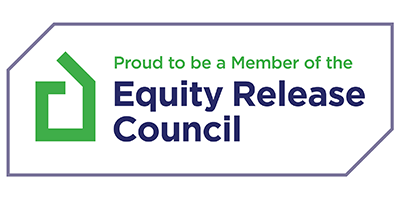In this article
What is a Bridging Loan?
A bridging loan is a short-term financing option designed to bridge the gap between purchasing a new property and selling your current one.
It provides the necessary funds to secure a new home without having to wait for the sale of your existing property.
Bridging Loans
Explained in 56 seconds
Find more videos like this on MoneymanTV
How Bridging Loans Work
A bridging loan can be an ideal solution when you need to buy a new home but haven’t sold your current one. These loans are typically secured against your existing property and sometimes the new property as well.
They allow you to access substantial funds quickly, enabling you to move forward with purchasing your desired new home without the immediate need to sell your current property.
Benefits of Using a Bridging Loan
Using a bridging loan allows you to act swiftly in the property market. You can avoid the stress of trying to synchronise sale and purchase dates, giving you greater flexibility.
This type of loan can also help you avoid the inconvenience and potential cost of temporary accommodation by allowing you to move directly into your new home.
By leveraging a bridging loan, you can confidently buy a new house without the pressure of selling your current one immediately.
Speak to an Advisor – It’s Free!
Schedule a free callback from one of our experts today.
- All situations considered
- Transparent and honest mortgage advice
- We search 1000s of purchase and remortgage deals
Our customers rate us 4.9/5
Costs and Considerations
It’s essential to understand that bridging loans typically come with higher interest rates compared to standard mortgages, reflecting their short-term nature and the associated risk. Additionally, there might be arrangement fees and other associated costs.
Therefore, it’s vital to evaluate your financial situation carefully and consider whether you can comfortably manage these expenses until your current home is sold.
Proper financial planning ensures that the process of using a bridging loan to buy a new home is smooth and financially feasible.
Repayment of a Bridging Loan
Repaying a bridging loan usually happens in two stages. The first stage involves the initial interest payments, which can often be rolled up into the loan amount and paid off when you sell your existing property.
The second stage is the full repayment of the loan, typically made from the proceeds of your home sale. Understanding the repayment structure is crucial when you buy a new house with a bridging loan.
Eligibility and Application Process
Eligibility for a bridging loan depends on several factors, including your credit history, the value of your current property, and the potential value of the new property. Lenders will assess these aspects to determine the loan amount and terms suitable for your situation.
The application process is generally quicker than that for a traditional mortgage, which is advantageous when time is of the essence. Ensuring eligibility beforehand can streamline the process of using a bridging loan to buy a new home.
Seeking Professional Advice
Given the complexity and the costs associated with bridging loans, it’s highly recommended to speak to a team of bridging experts who can offer tailored advice based on your circumstances.
They can help you understand all your options, ensuring you make an informed decision that aligns with your financial goals. Speaking with a bridging specialist can provide clarity and confidence when you decide to buy a new house before selling your current one.
Feel free to reach out if you have any further questions about bridging loans or need personalised advice from our team of bridging experts.







